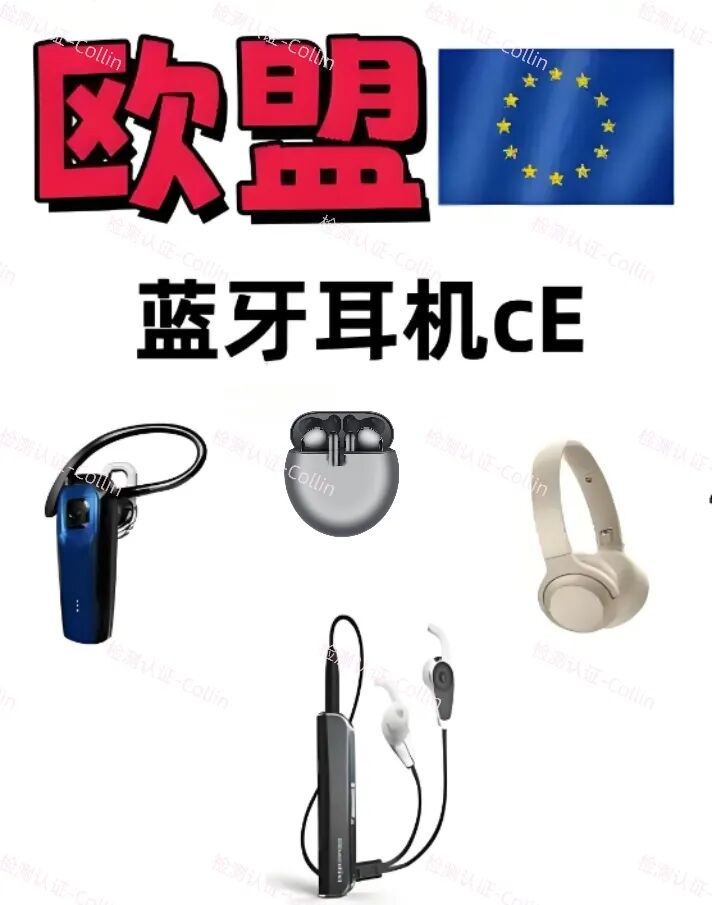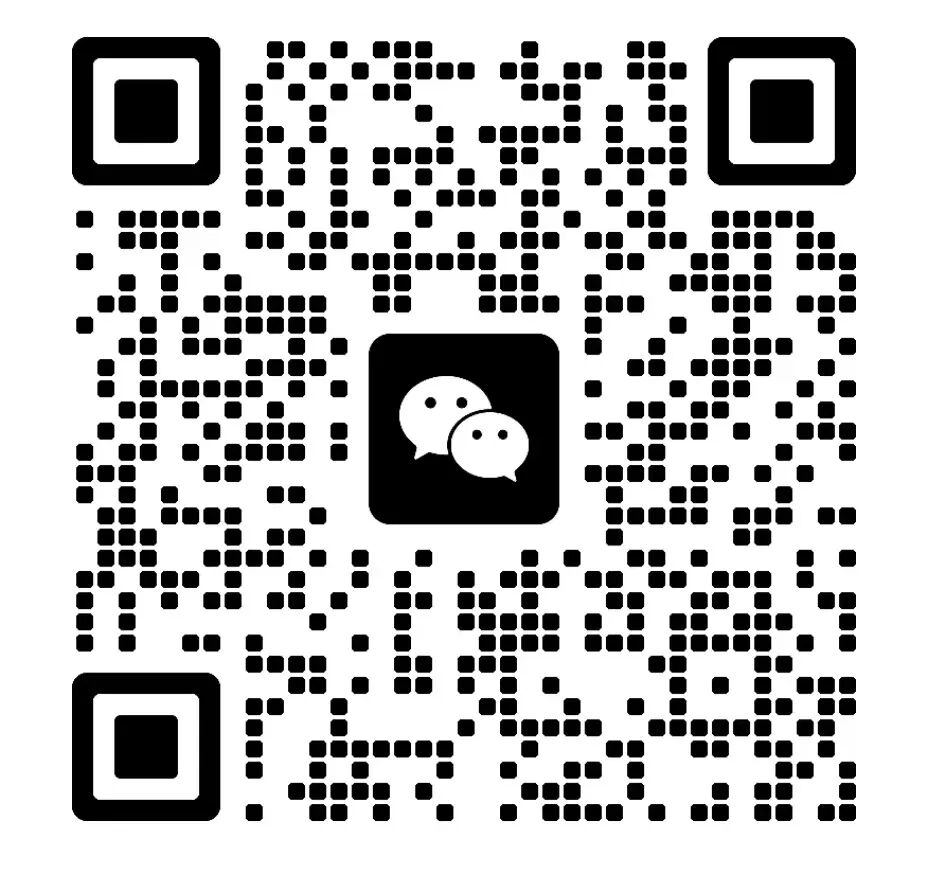Bluetooth Headphones CE-RED
Bluetooth Headphones CE-RED
Bluetooth Headphones CE-RED
Bluetooth Headphones CE-REDBluetooth Headphones CE-RED
Technical Compliance and Market Access Explained
Bluetooth Headphones CE-RED
Bluetooth Headphones CE-RED

To sell Bluetooth headphones in the European market, CE-RED certification acts as a “ticket to entry.” The EU has increasingly stringent requirements for wireless devices regarding signal strength, battery safety, and more, leading to many products being detained by customs due to excessive signal levels or design flaws. This article helps you avoid common pitfalls and quickly obtain the necessary pass to ensure your product successfully enters the European market.
First, let’s understand what CE-RED is
CE-RED certification is a mandatory access system established by the EU for radio equipment, applicable to all Bluetooth headphone products circulating in the EU market. This certification covers three core dimensions: electromagnetic compatibility, wireless spectrum compliance, and user safety, ensuring that devices meet the requirements of the EU Directive 2014/53/EU.
Core Testing Items for Bluetooth Headphones CE-RED Certification
1. Electromagnetic Compatibility (EMC) Testing
This verifies the device’s stable operation in an electromagnetic environment, including anti-interference capabilities (such as radio interference and conducted interference testing) and radiation control requirements to avoid interference with other devices.
2. Radio Frequency (RF) Performance Testing
This covers transmission performance in the 2.4GHz frequency band, focusing on parameters such as frequency range, transmission power, and receiving sensitivity, ensuring compliance with the mandatory requirement of ±0.5dBm RF tolerance as per EN 300 328 V2.2.2 standard.
3. Safety Performance Testing
This includes battery safety (overcharge/short-circuit protection), radiation safety (SAR value testing), and material harmlessness (testing for harmful substances like lead and mercury), ensuring user health and safety during use.
4. Ergonomics Testing
This assesses the rationality of product design through indicators such as wearing stability and contact pressure, reducing the risk of ear discomfort from prolonged use.
Core Document Checklist for Bluetooth Headphones CE-RED Certification
1. Basic Information
User manual (must include product parameters and operating instructions)
Bill of Materials (BOM) (listing all material models and suppliers)
Product label (indicating CE mark, model, manufacturer, etc.)
2. Circuit Design Documents
Circuit schematic (complete circuit architecture)
Circuit block diagram (explanation of module functional relationships)
PCB layout diagram (including routing and component positions)
Circuit component identification diagram (PCB component positioning identification)
3. Testing Related Documents
Antenna parameters (specification or gain chart)
Charger LVD safety report (compliant with EN 62368 standard)
Fixed frequency software (used for RF stability testing)
4. Technical Description
Functional operation description (logical flow explanation based on block diagram)
Conclusion
CE-RED certification is the “technical passport” for Bluetooth headphones entering the European market, focusing on balancing wireless performance and safety compliance. Companies need to anchor their product design and risk plans based on testing data to establish long-term competitiveness under the EU’s stringent regulations. Compliance is not the end point but the starting point for global brand upgrades.
END

Follow Me